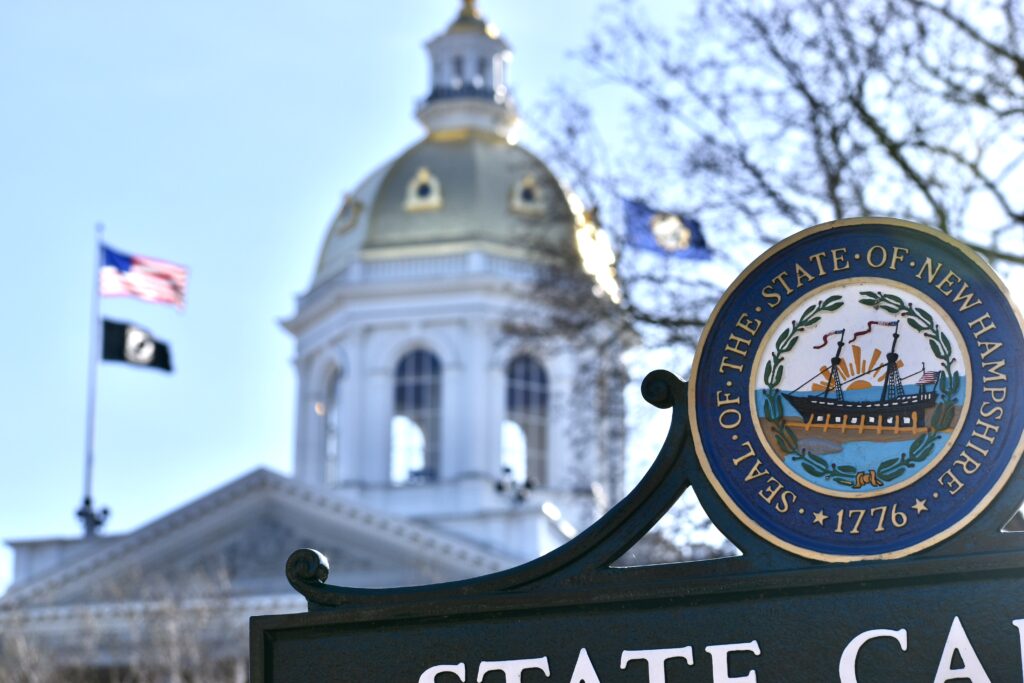States are expected to collect data on the nature of 988 calls and messages, including whether they involve suicide attempts in progress and whether they result in emergency rescues or mobile crisis unit referrals. (Dave Cummings | New Hampshire Bulletin)
New Hampshire health officials are continuing an overhaul of the national suicide prevention hotline and have accepted federal money to improve the state’s response.
On Oct. 18, the Joint Legislative Fiscal Committee approved an additional $979,000 in federal funds to help with outreach around a rebrand for the hotline.
As of July 2022, people who are having thoughts of suicide may contact the National Suicide Prevention Lifeline to receive help by dialing “988.”
That three-digit system replaces an earlier “1-800” number. Officials with the federal Substance Abuse and Mental Health Service Administration (SAMHSA), a division of the U.S. Department of Health and Human Services, are hoping the simpler number will reach more people, and have distributed millions of dollars to states to advertise the new number and build up the staffing and services available when people call the number in each state.
“988” is intended to augment other easy to remember government-run numbers, including 911 and 211, the general number for people to learn about social services. The 211 number also connects New Hampshire residents to the “Doorway” program, allowing them to schedule appointments to address substance use disorders.
The federal agency set aside $3.1 million for New Hampshire’s Department of Health and Human Services, and so far the state has used $1.7 million of that total, according to a memo by New Hampshire DHHS Commissioner Lori Weaver in September. The additional $979,000 will help the state pay for “improved data collection, monitoring, and reporting,” the memo states.
SAMHSA has directed states to use the money to “improve state and territory response to 988 contacts (including calls, chats, and texts)” that originate within the state, according to a cooperative agreement released by the agency.
That includes increasing workforce support for “the growing 988 demand,” communicating better with high risk populations about the new hotline, and building “post-contact support connections with services such as mobile crisis outreach and crisis stabilization services,” the federal agency said.
States are also expected to collect data on the nature of 988 calls and messages, including whether they involve suicide attempts in progress and whether they result in emergency rescues or mobile crisis unit referrals. And they are asked to collect demographic data on people who have called 988 – though callers do not need to provide that information in order to be helped.
“As we continue to focus on implementing the priorities of the state’s 10-year Mental Health Plan, 988 aligns well with our goal of amplifying our efforts around suicide prevention and creating a mental health crisis system that is responsive, accessible, and coordinated, in order to reduce the number of deaths by suicide in our state,” Weaver said in a statement announcing the change in 2022.

